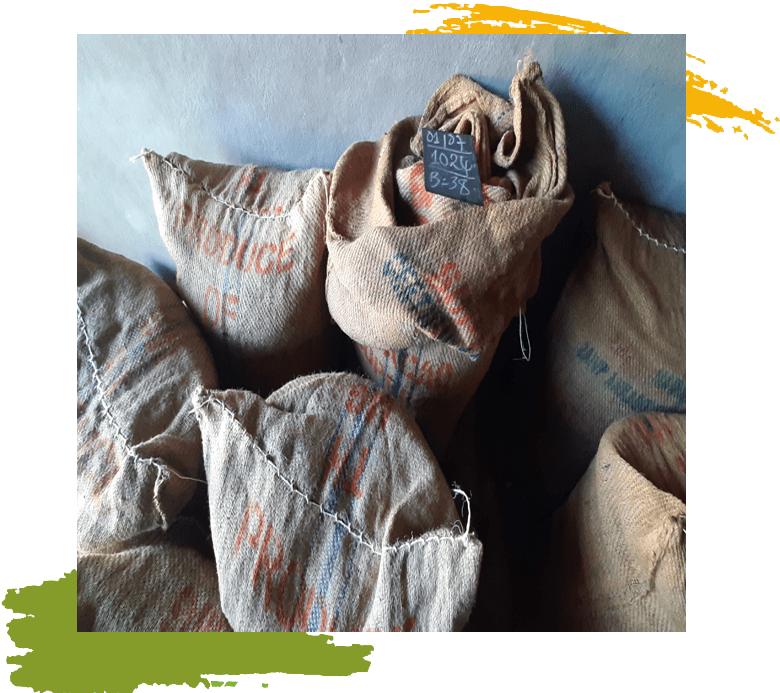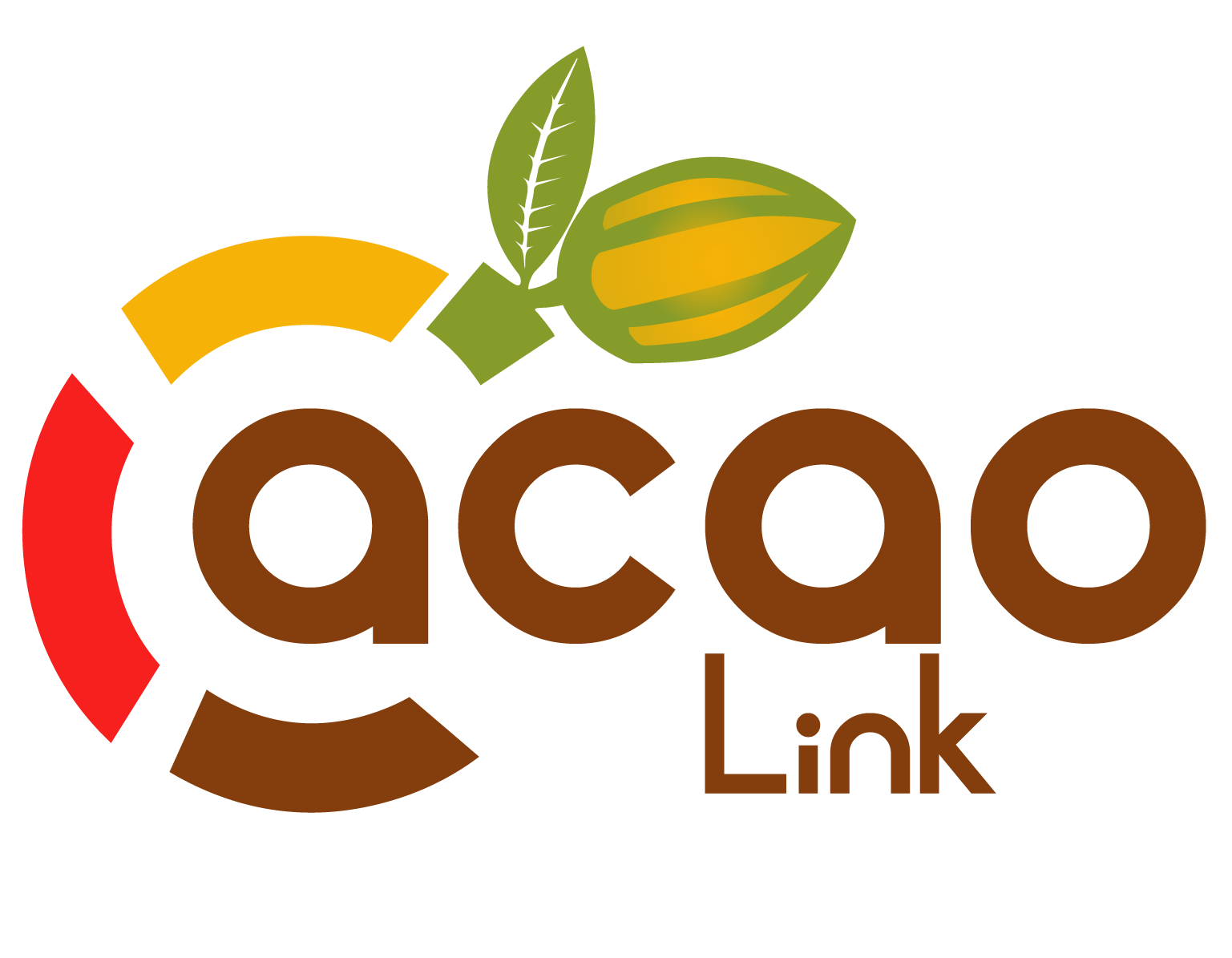All for People and Quality.
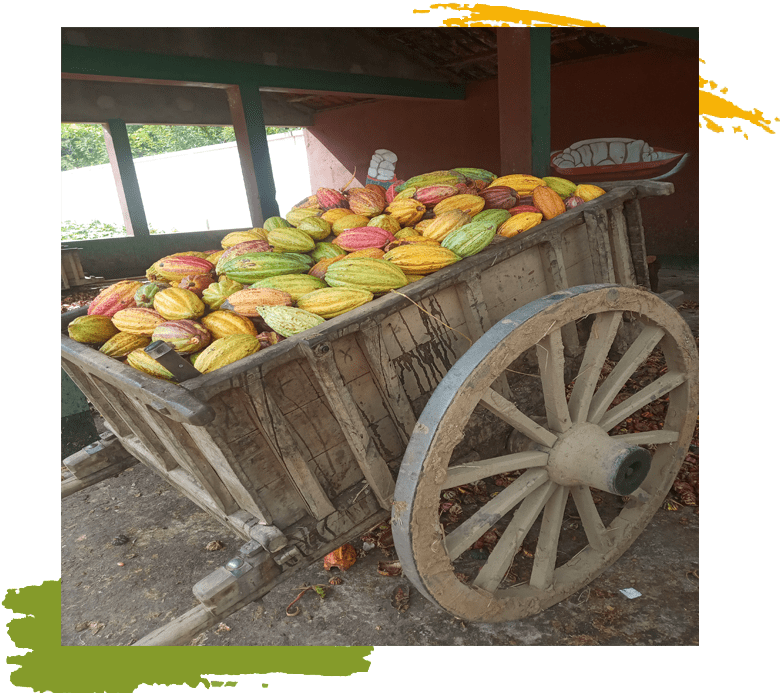
Madagascar's cacao
Madagascar, the island-nation, separated from mainland Africa and India respectively about 160 million and 90 million years ago. Ever since, our fauna and flora developed an incredible and unique diversity, making Madagascar a true hot spot of biodiversity: over 80% of our species are endemic.
It was also recently unveiled that here in Madagascar, owing to our geographical isolation, the three traditional cacao varieties, Criollo, Amelonado and classical Trinitario (Criollo x Amelonado) grown in Mesoamerica and the Caribbean several hundred years ago and introduced in the country in the late 1800's, have been successfully maintained by generations of farmers and are still producing cacao. These century-old original genetic identities of cacao and the unique environment in which they grow are what makes Madagascar's fine cacao so distinctive. A heritage worth preserving!
In 2016, the International Cocoa Organization (ICCO) recognized Madagascar as producing 100% fine cacao, the first and only African country so far. The country has been constantly awarded in international competitions such as Cocoa of Excellence and International Chocolate Awards.
Sambirano Valley
Sambirano Valley is named after the Sambirano river, in the northwestern part of Madagascar. The river finds its source from Maromokotra, the highest mountain of our island-nation (2,876m peak) and flows all year round through 124km all the way to the Indian Ocean. The Sambirano Valley provides all kinds of beneficial conditions for growing cacao trees.
Close to the sea and protected by mountain ranges, Sambirano Valley has a specific microclimate. There are two distinct seasons, a warm and rainy season between November and April followed by a cooler and drier season. Air humidity is always over 70%, and with the trade wind "Varatraza" from Southeast and the monsoon "Talio" from Northwest, humidity is converted into additional water. Underground water is also just 3 m away, providing an extra source for cacao trees against water deficit. Sambirano river flows throughout the year and its seasonal flooding brings alluvial deposits, rich in nutrients, contributing to soil fertility.
Even within Sambirano Valley, there are subregional differences leading to a variety of fine cacao quality we can offer.
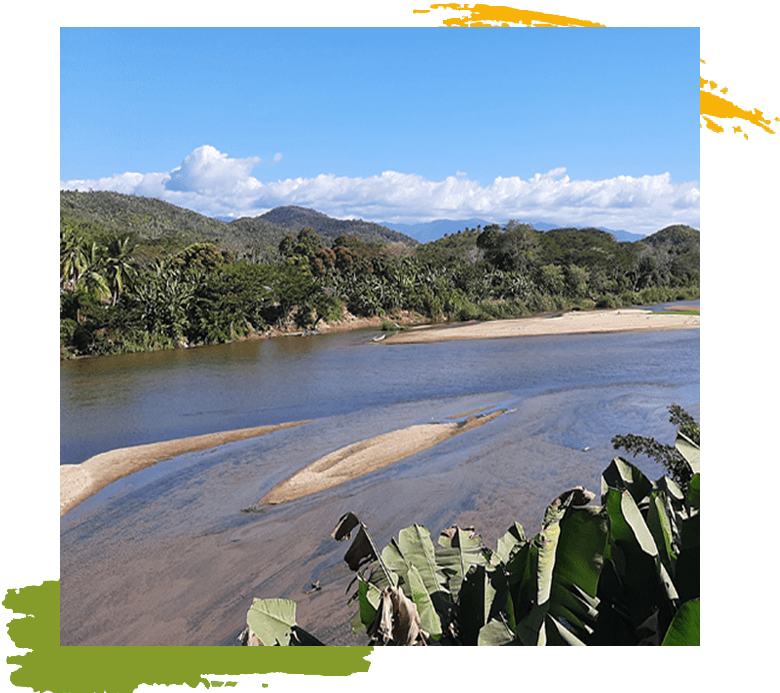
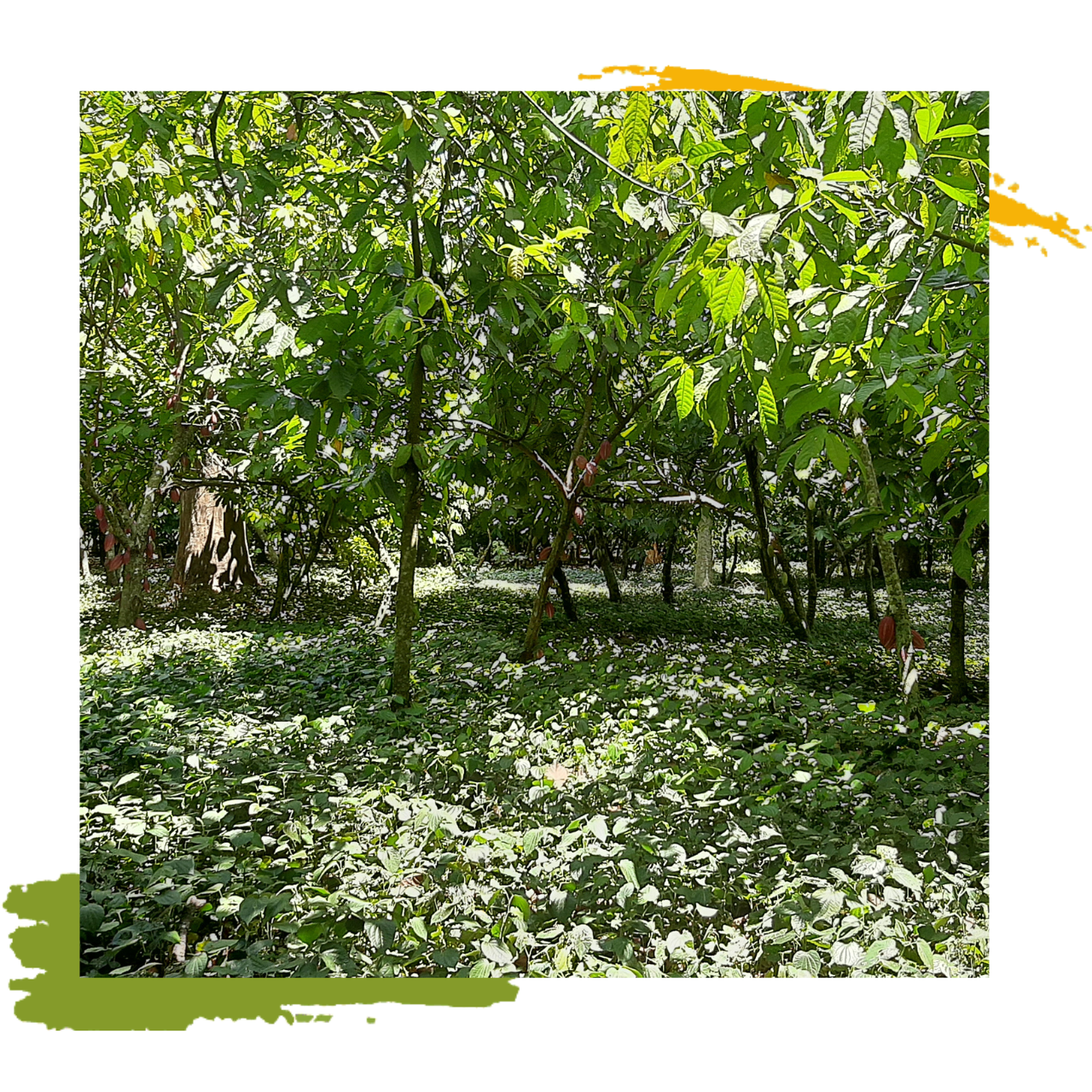
Agroforestry and organic practices
Our focus is to support cacao farmers to sustainably produce the highest quality cacao beans and bring out the authentic flavor of the Sambirano Valley for customers.
Hence, our farmers all apply organic farming and conservation practices such as no use of chemical fertilizer, pesticide and herbicide on farm. They use proven natural processes for fermentation and drying. From taking care of the trees to packing the cacao beans ready for export, every step is done by hand and with great care by our passionate farmers to ensure sustainable production and permanent delivery of a “fine cacao of exception”, Sambirano Valley’s greatest pride and heritage.
Traceability
Because quality assurance also means knowing the journey our cacao beans went through, from the tree where it was harvested all the way to the bag in which it will be shipped, we ensure the monitoring of all key processes and we empower and sensitize our farmers to take the lead role in filling their traceability records.
We promote continuous improvement for our farmers by providing them with the feedback on their monitored activities and produced quality and most importantly by conveying to them the customers’ appreciation and specific requests.
